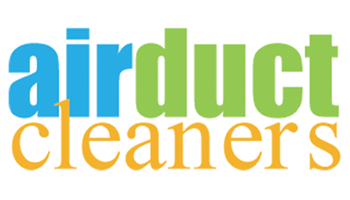Frequently Asked Questions
Why is NADCA Certification important?
Our company is committed to following national standards to ensure that or customers are getting the quality and value they pay for when they have their ducts cleaned. We ensure that an NADCA Certified technician is on every job and that the cleaning is performed according to those standards. Our technicians are also required to participate in ongoing training and they pass certification testing each year.
What is the difference between the truck system and a portable unit?
The main difference is the cubic feet per minute or cfm ratings. Most portables are between 4,000-6,000cfm. Our trucks are rated at 10,000-12,000. The suction on our truck vacuum is extremely powerful so when combined with the whips and rods plus our compressed air system we can ensure we will get anything that isn't a part of the duct out. Which we are happy to provide evidence of with our before and after pictures of every vent and return.
Another difference with the truck mounted system is that the dust, dirt and debris is removed entirely from your home when we clean it. There is no need for a HEPA filter that recirculates “cleaned” air back into your house. Our hoses carry everything out to a receptacle in the truck where it can be disposed of properly.
How often should I have my ducts cleaned?
NADCA recommends every 3-5 years. Or after construction or remodels. If someone in your home has severe allergies you may want to consider doing it more frequently.
How often should I have my dryer vent cleaned?
Annual cleaning of your dryer vent is recommended to ensure a clear line and optimal dryer performance.
How can I tell if my ducts are dirty?
If you notice an excessive amount of dust that accumulates rapidly, that can be a sign that the dust is being circulated through the vents. You can also remove a vent cover and shine a flashlight into the line. If you see dust or debris, there is a good chance it is distributed throughout the ducting. Return vents are typically dustier than supply vents.
What is a return?
A return is typically a larger vent that draws air in and takes it back or “returns” it to the furnace to be heated/cooled. They are usually located at the base of a wall. An average home has 2-3 return vents

